 PO
Box 9021, Wilmington, DE 19809, USA
PO
Box 9021, Wilmington, DE 19809, USAE-mail: font@focusonnature.com
Phone: Toll-free in USA 1-888-721-3555
or 302/529-1876
Website: www.focusonnature.com
 PO
Box 9021, Wilmington, DE 19809, USA
PO
Box 9021, Wilmington, DE 19809, USA
E-mail: font@focusonnature.com
Phone: Toll-free in USA 1-888-721-3555
or 302/529-1876
Website: www.focusonnature.com
PHOTOS
OF
Dominican Republic
NATURE,
SCENERY and CULTURE
photographs
during the
Focus On Nature Tour
in the Dominican Republic
in February 2012.
All of the photographs that follow were taken during that tour
by tour participant, Marie Gardner - ©
- all rights
reserved.
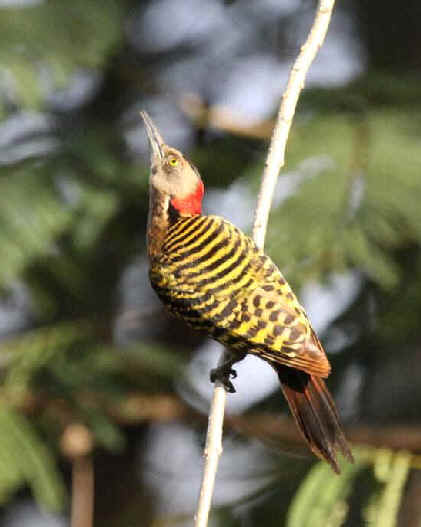
One of about 30 bird species
endemic to Hispaniola
is the HISPANIOLAN WOODPECKER.
Links:
A
Complete List of Caribbean Birds & a Photo Gallery, in 2 parts:
Part
#1: Guineafowl to Hummingbirds
Part #2: Trogons to Buntings
Upcoming FONT Birding & Nature Tours in the Caribbean, including the Dominican Republic
Directory of Photos in this Website
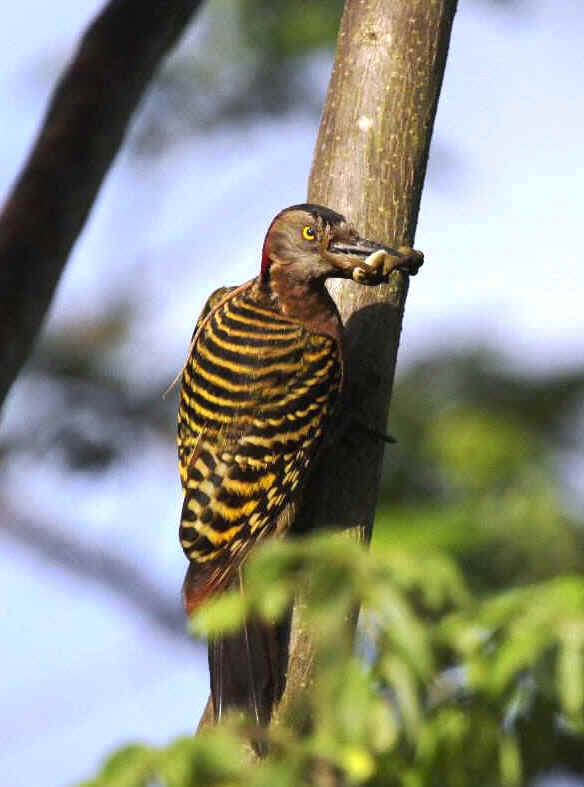
Another photo of a Hispaniolan
Woodpecker.
This bird is a female, with a face darker,
and a bill slightly shorter than that of a male.
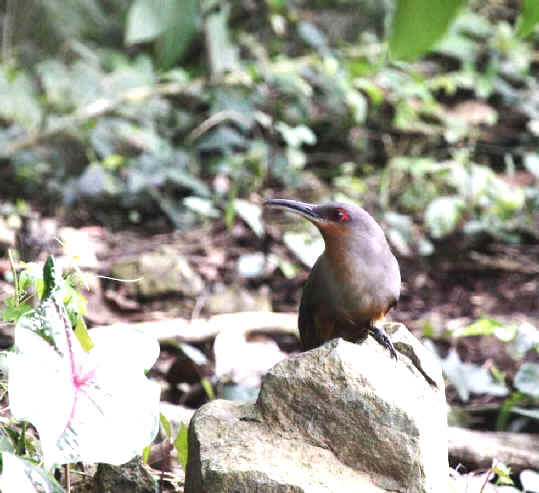
A Hispaniolan Lizard-Cuckoo,
another species endemic to the island.
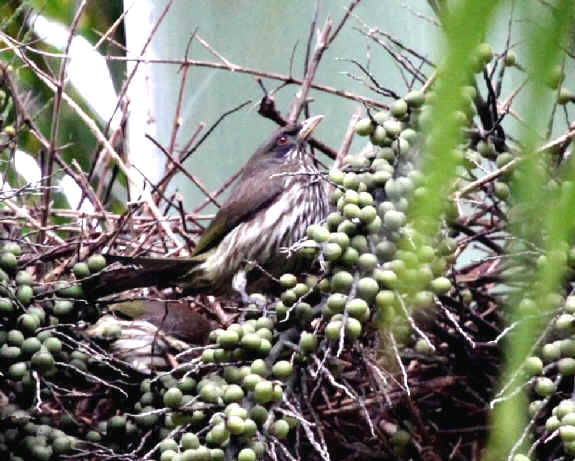
The Palmchat is a species endemic to Hispaniola,
and a unique member of a bird family
that is endemic to the island.
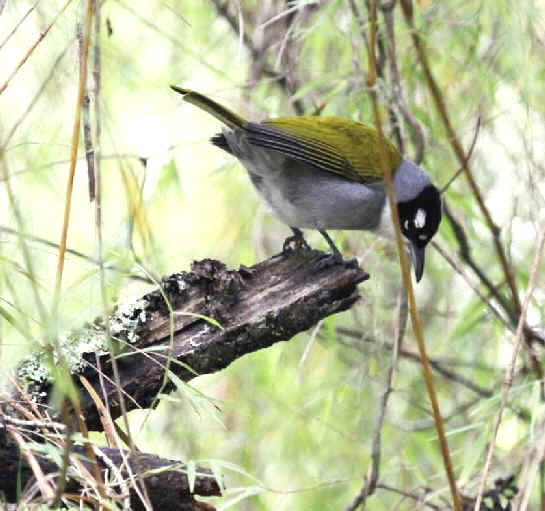
Also endemic to Hispaniola is the Black-crowned Tanager,
also known as "Cuatro Ojos", or "Four Eyes",
as seen why in the photo below.
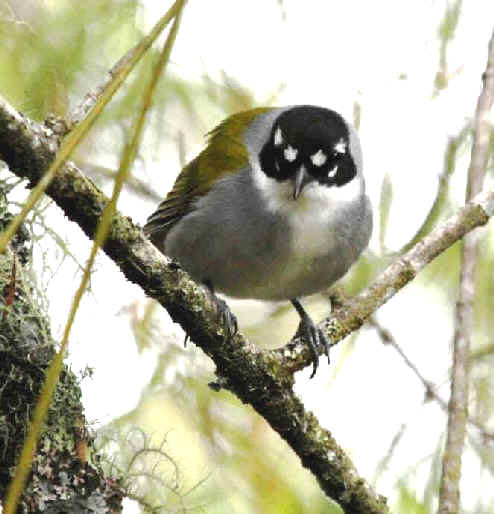
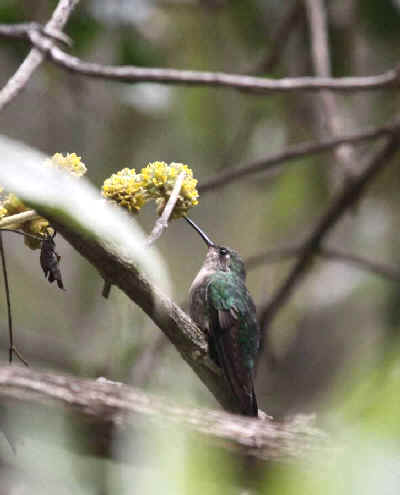
A hummingbird that is endemic to Hispaniola
is the Hispaniolan Emerald.
This bird is a female.
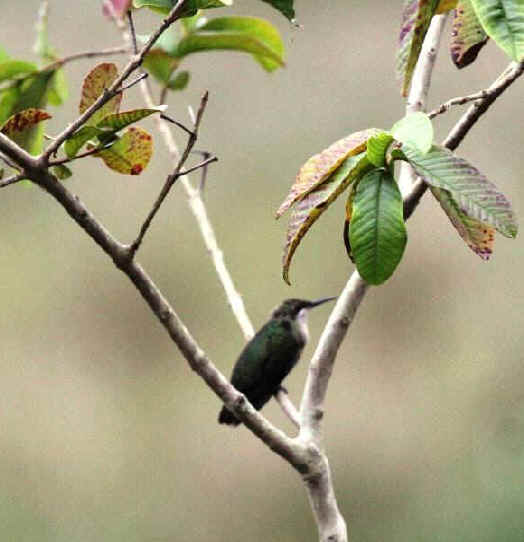
This
hummingbird is a juvenile Antillean Mango.
The species would be endemic too Hispaniola
were it not for its occurring in southwestern Puerto Rico.
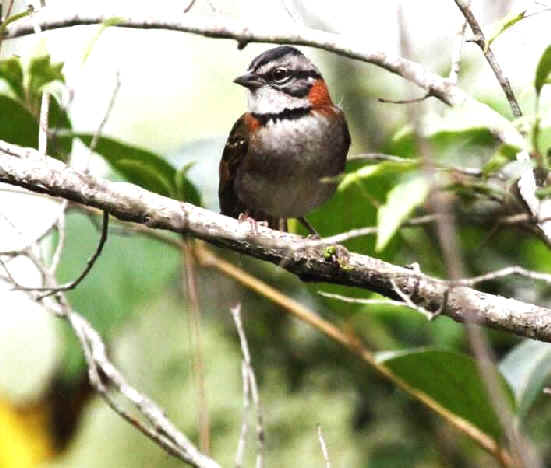
The Rufous-collared
Sparrow is a common bird
in parts of Central & South America.
In the Dominican Republic, there is an endemic subspecies
only in the highlands in the central part of the country.
The subspecies: Zonotrichia capensis antillarum.
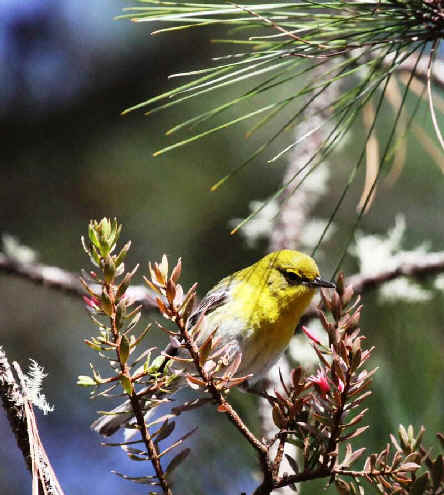
The Pine Warbler is a bird of North America
and the nearby Bahamas.
In the Dominican Republic, there is an isolated,
endemic resident subspecies in the mountains,
in forests with the endemic Hispaniolan Pine.
The subspecies: Setophaga pinus chrysoleuca,
described less than a hundred years ago in 1923.
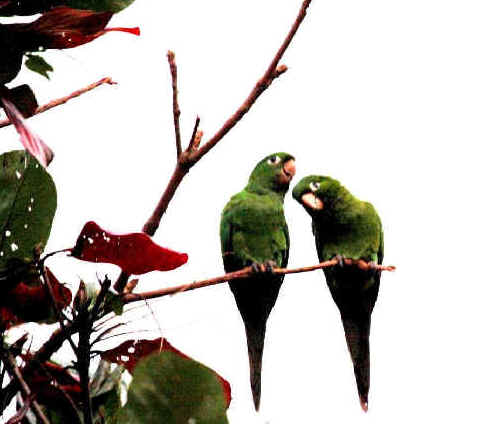
The endemic
Hispaniolan Parakeet
is a threatened species.
Even when they are in a flock, these birds are often in pairs,
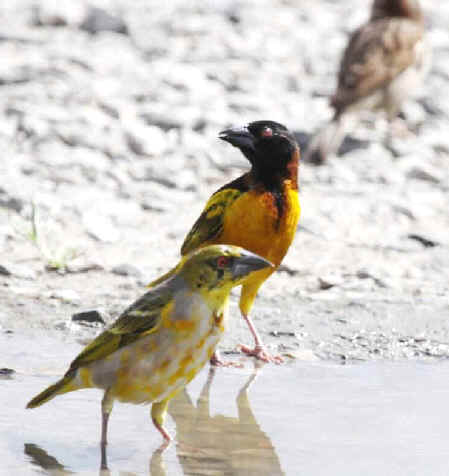
Above a female and a male Village Weaver.
The species was introduced from Africa
into the Dominican Republic in the 1700s
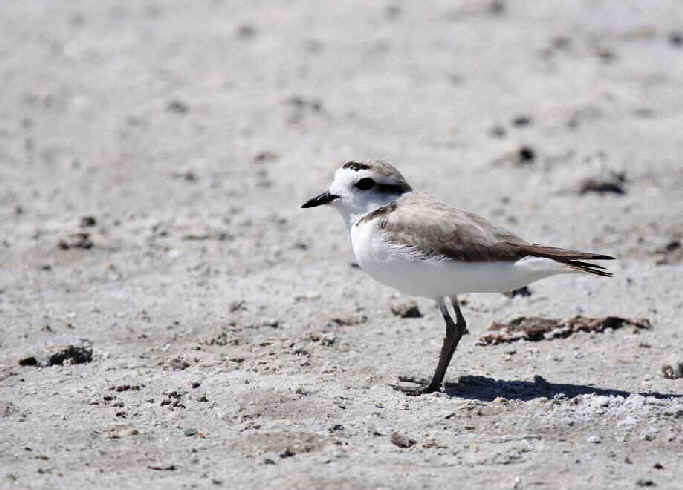
The Snowy Plover in the
Dominican Republic
is a threatened subspecies.
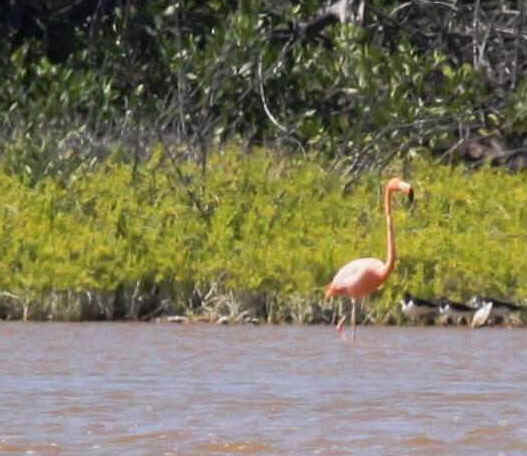
Rare is a single Caribbean Flamingo.
The bird is most often in flocks.
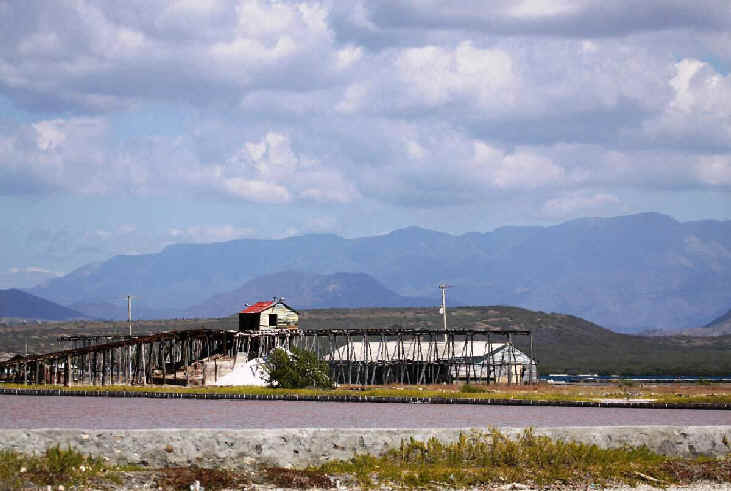
The area along the south coast of the Dominican Republic
that was favored by the Snowy Plover and the Flamingo in the previous photos
was a place with salt ponds and flats.
The terns in the following photo were also in that area.
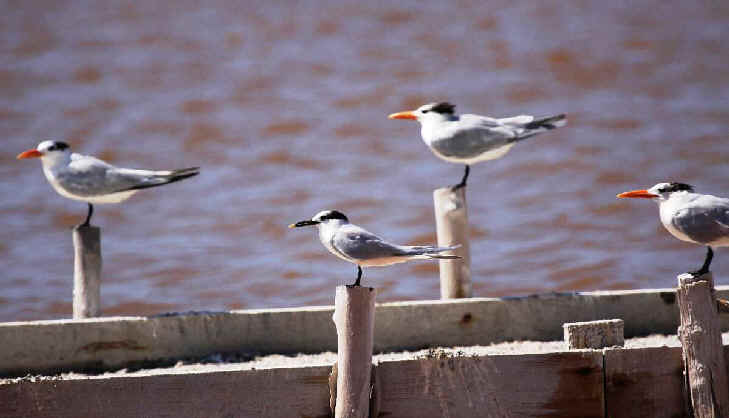
A Sandwich Tern with 3 Royal Terns
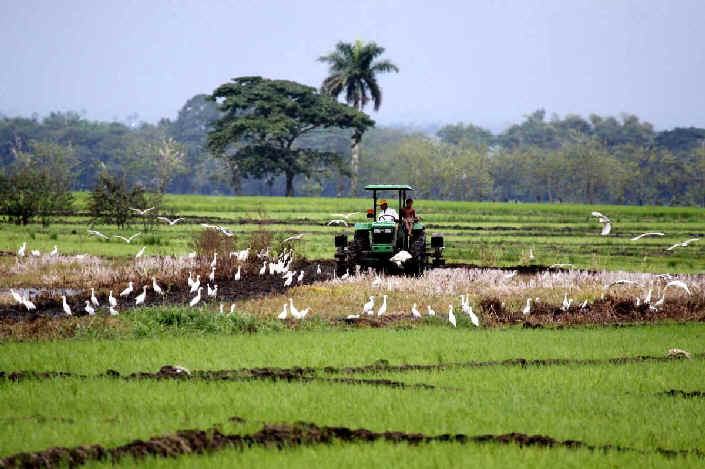
In a flat area in the interior
of the Dominican Republic,
there were rice fields that were favored by egrets and other birds.
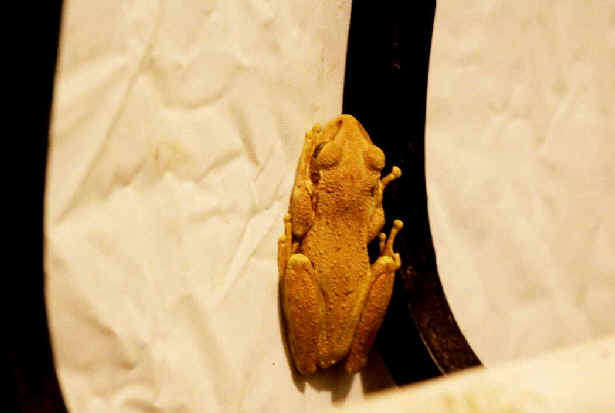
The Yellow Treefrog,
endemic to Hispaniola,
is an endangered species.
This one was in the kitchen of where we stayed
in the central Dominican Republic.
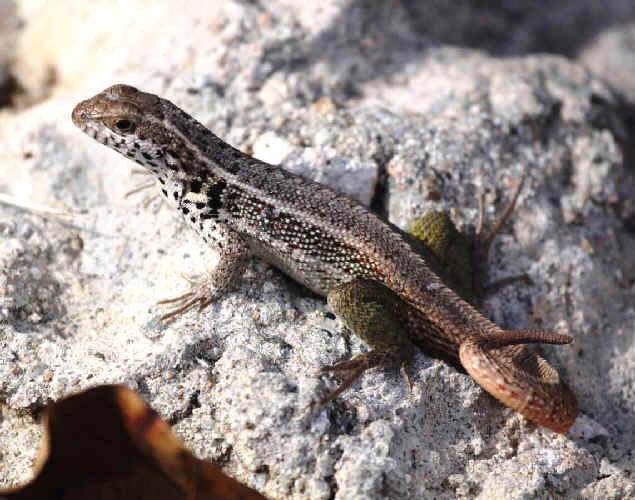
A large number of lizards are endemic to Hispaniola.
This one, above & below, is the Maskless Curlytail.
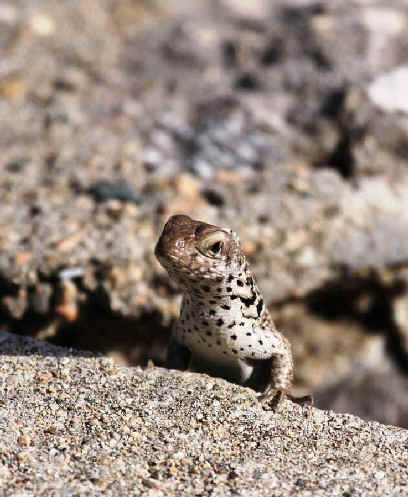
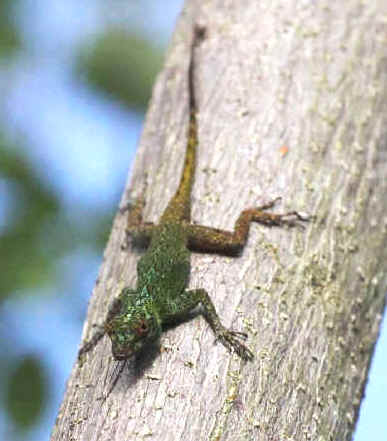
Above & below here are two
photos of the
Dominican Giant Anole,
another one of the lizards endemic to Hispaniola.
In the lower photo, it can be seen how the lizard
can blend in with its surroundings.
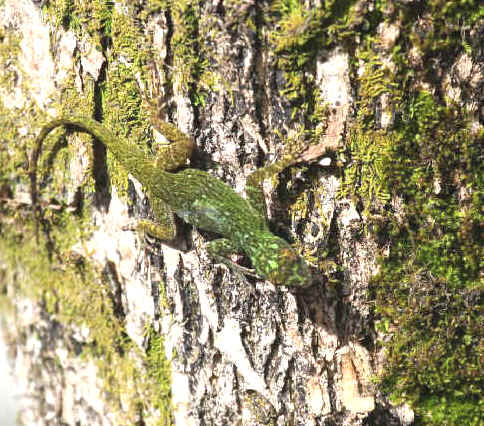
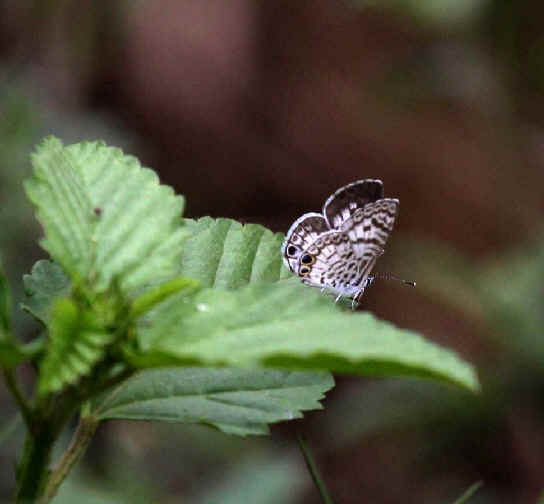
Above & below, a very small
butterfly
in the Dominican Republic,
the Cassius Blue, Leptotes cassius
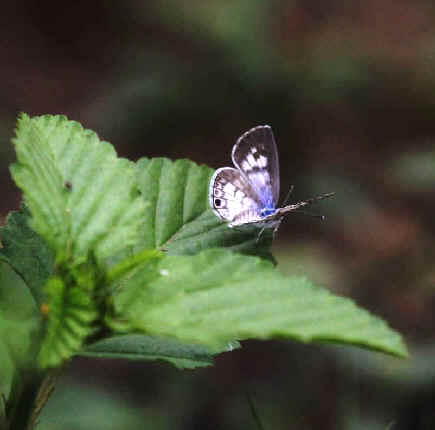
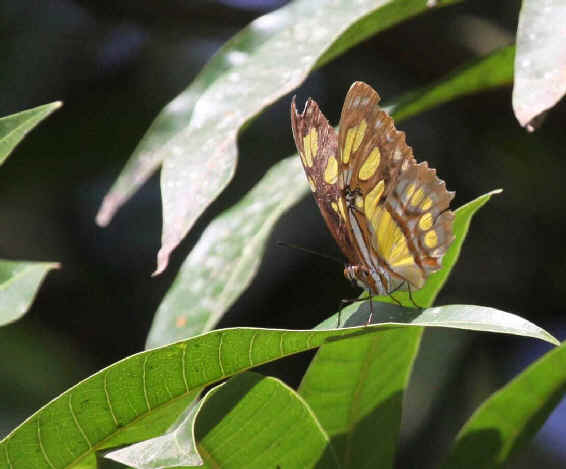
Another butterfly known as the Malachite
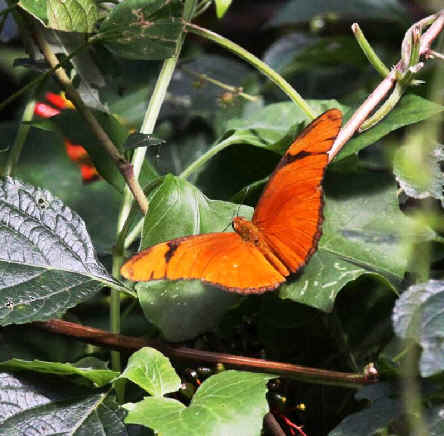
And another known as the Julia,
or in the West Indies as the Flambeau
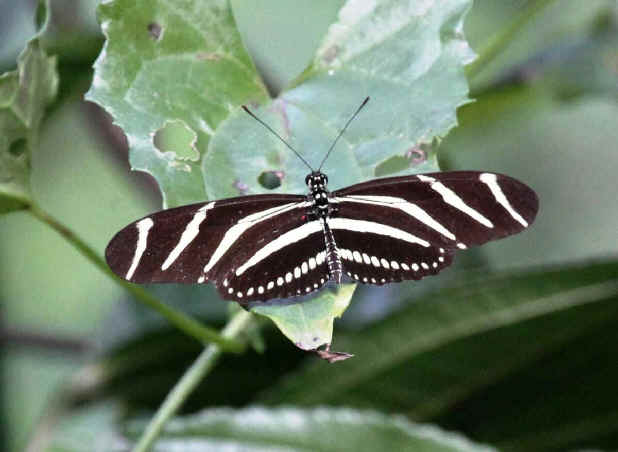
The longwing butterfly called
the Zebra
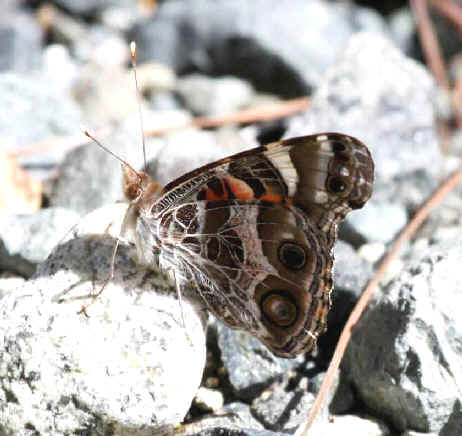
This American Painted Lady butterfly
was photographed in the high mountains
of the central Dominican Republic,
at an elevation of 8,000 feet above se level.
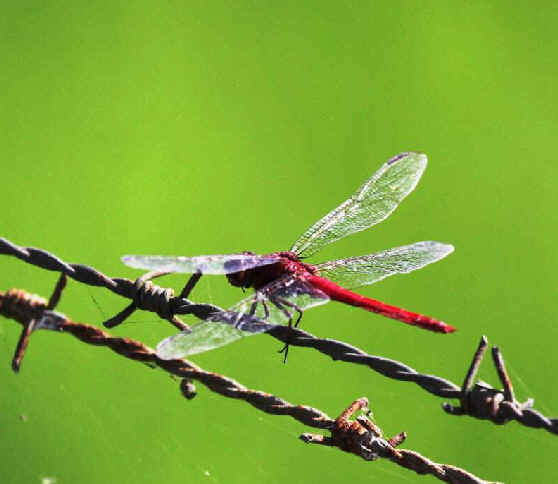
A dragonfly in an area of Dominican Republic ricefields,
the Schmidt's Skimmer, Orthemis schmidti.
In the following 3 photos,
places where we stayed or ate
during our February 2012 tour
in the Dominican Republic.
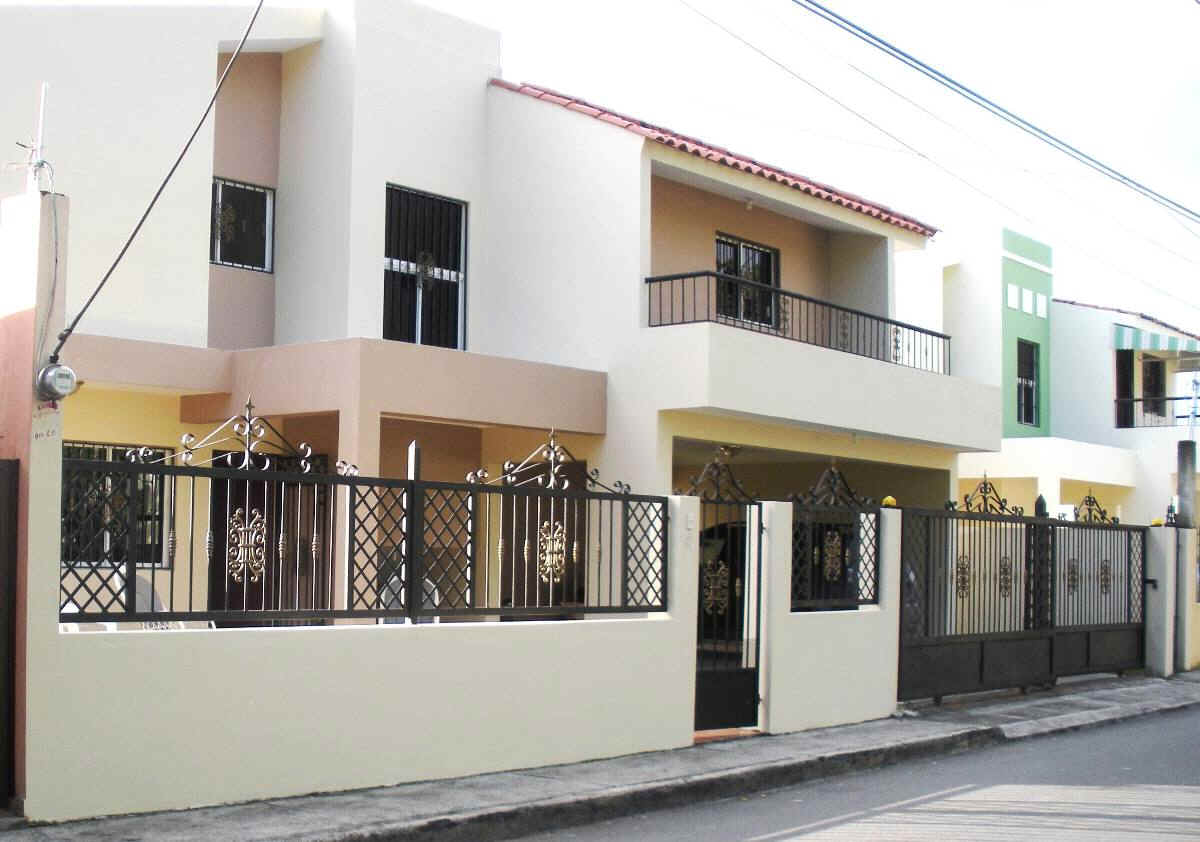
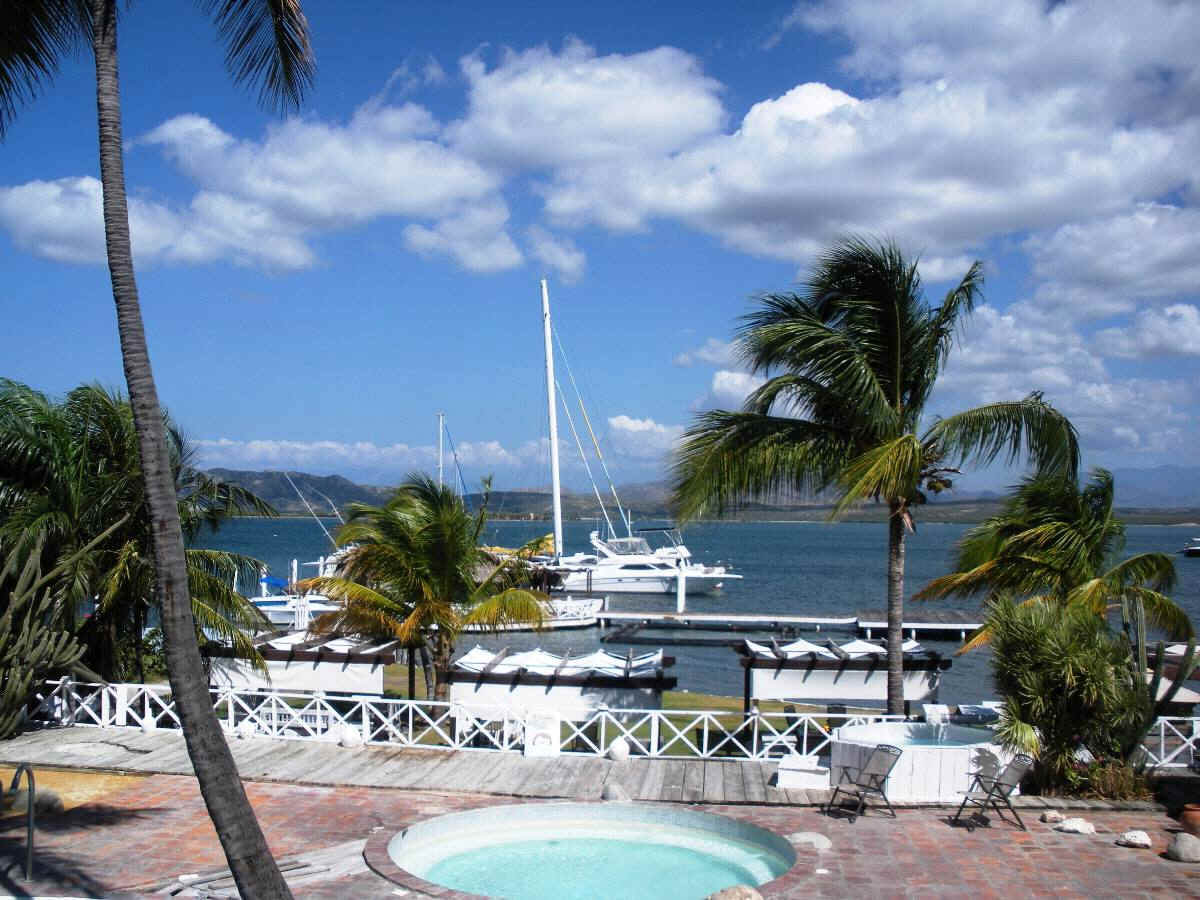
In the restaurant below, along
the north coast of the island,
we had some Italian pizza that was as good
as Italian pizza can be anywhere.
The proprietor came there from Italy years ago and stayed.
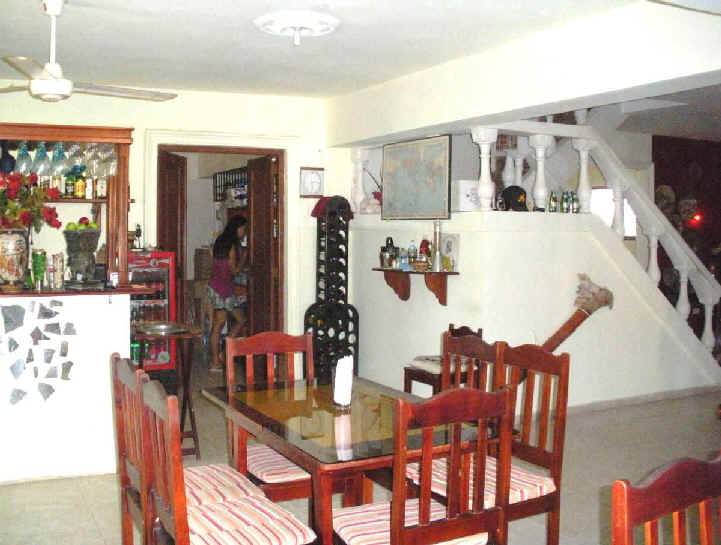
When we were in the Dominican Republic in February 2012,
it was the festive time of the Carnival.
Below are some photos of colorful masks that we saw
that would be part of the celebration.
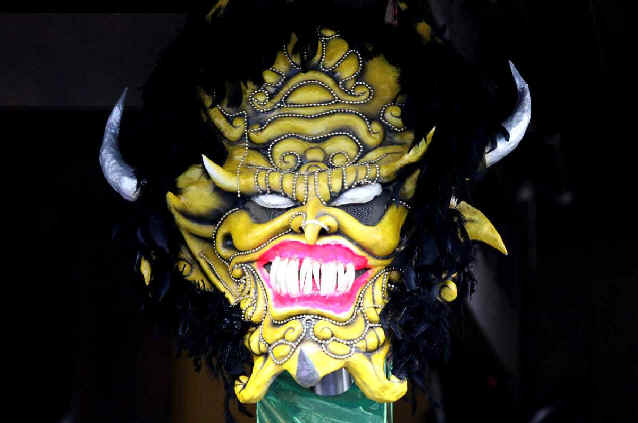
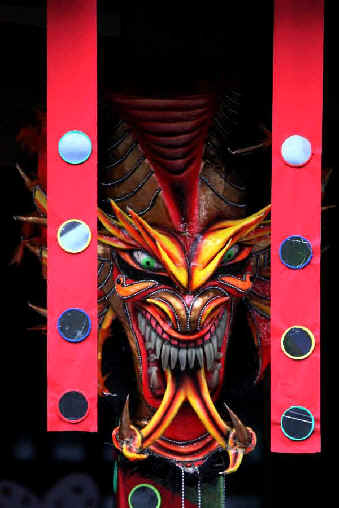
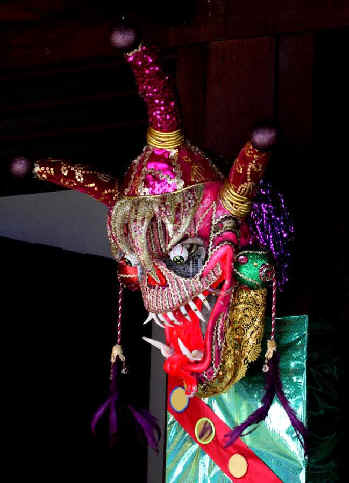
Web page by Rise Hill